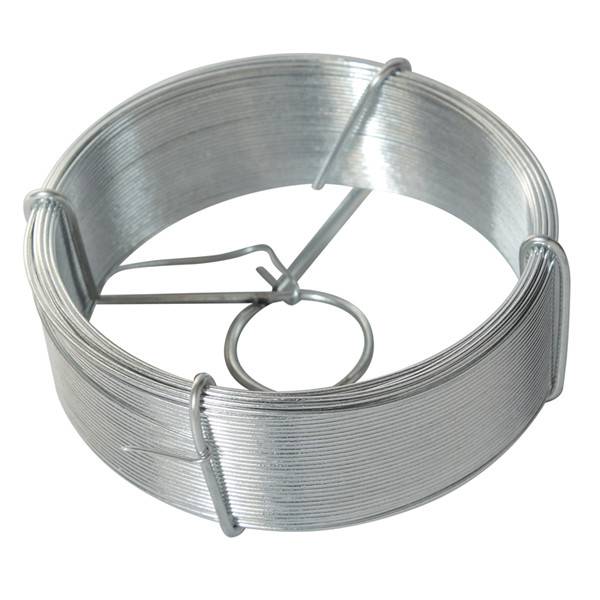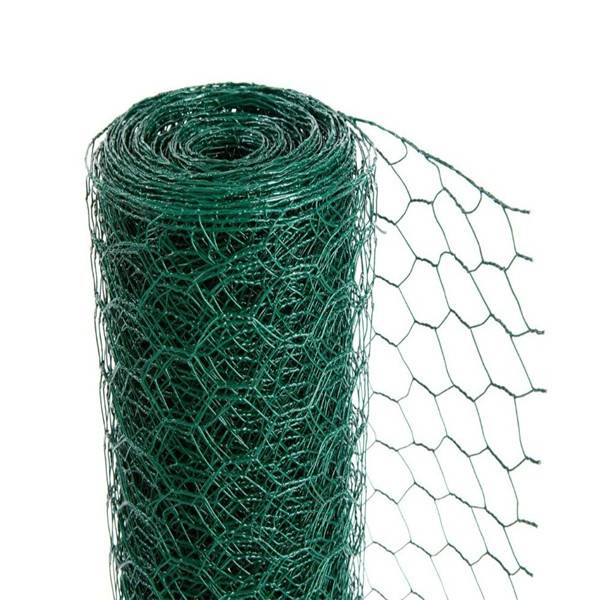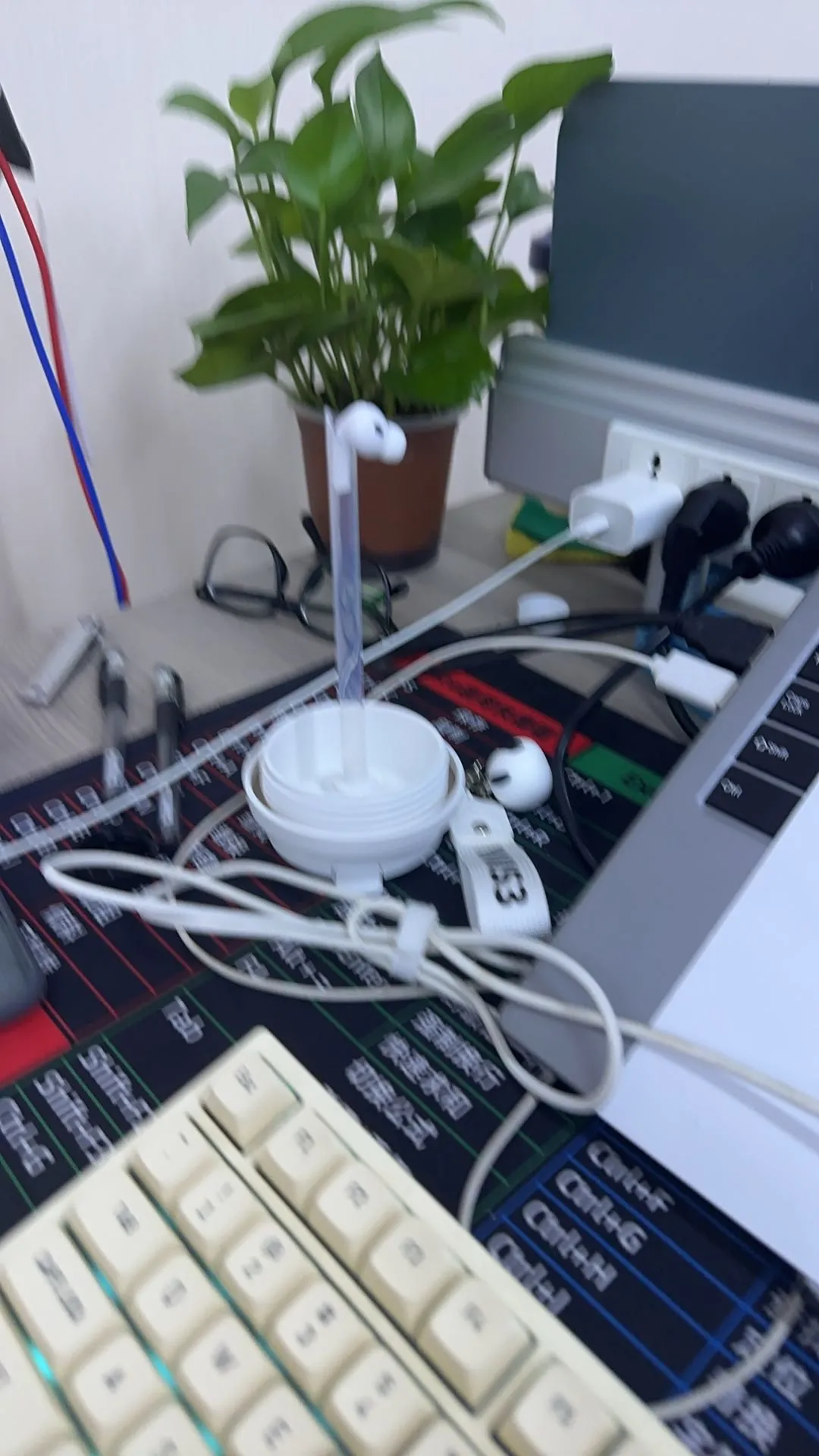...
2025-08-14 05:53
2341
...
2025-08-14 05:41
749
...
2025-08-14 05:21
1364
...
2025-08-14 04:15
1778
...
2025-08-14 04:01
2440
...
2025-08-14 03:57
2530
...
2025-08-14 03:49
2749
...
2025-08-14 03:45
331
...
2025-08-14 03:40
797
...
2025-08-14 03:40
2629






